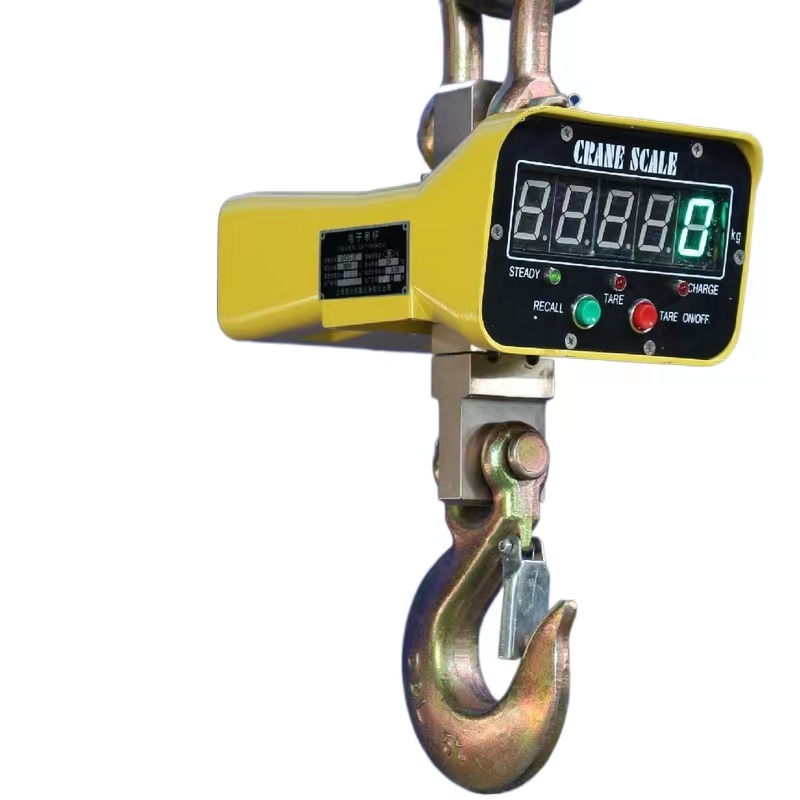


Understanding Fall Arrest Systems Ensuring Safety in Hazardous Work Environments
In various industries, particularly in construction and maintenance, workers often find themselves at significant heights. While performing tasks in these elevated environments is sometimes unavoidable, the risk of falls poses a serious threat to worker safety. To mitigate this risk, fall arrest systems have been developed and implemented as essential safety measures. This article explores what fall arrest systems are, their components, the regulations governing them, and the best practices for their use.
What is a Fall Arrest System?
A fall arrest system is designed to safely stop a person who is falling from a height, minimizing the risk of injury or fatality. These systems are critical in environments where workers are exposed to potential falls, such as rooftops, scaffolding, and aerial work platforms. Unlike fall restraint systems, which prevent falls from occurring, fall arrest systems allow workers to work at heights and intervene only when a fall does happen.
Components of Fall Arrest Systems
A complete fall arrest system consists of several essential components
1. Anchor Points These are secure points to which the fall arrest equipment is attached. They must be robust enough to withstand the forces exerted during a fall.
2. Personal Fall Arrest Harness A harness worn by the worker improves safety by distributing the impact forces of a fall across the body. It's critical that harnesses meet safety standards and fit properly.
3. Lanyards and Lifelines These connect the harness to the anchor points. Depending on the specific requirements of the job, lanyards can be simple webbing or include shock-absorbing features to reduce forces on the body during a fall.
4. Self-Retracting Lifelines (SRLs) These devices can automatically adjust to the height of the worker and lock in place if a fall occurs, providing immediate braking action.
5. Rescue Plan Integral to any fall arrest system is a rescue plan to retrieve a worker who has fallen and is suspended. This needs to be in place and rehearsed before any work at height begins.

Regulations and Standards
Regulations governing the use of fall arrest systems vary by country and region. In the United States, the Occupational Safety and Health Administration (OSHA) sets forth stringent guidelines. OSHA requires that any work performed at heights over six feet in the construction industry must utilize appropriate fall protection measures. Furthermore, ANSI (American National Standards Institute) also establishes standards for the design and use of fall protection systems, ensuring a level of safety across industries.
Best Practices for Fall Arrest Systems
To effectively utilize fall arrest systems, employers and workers must engage in several best practices
1. Training Comprehensive training is vital. Workers must understand how to use fall arrest systems correctly, including how to inspect equipment, don harnesses, and identify safe anchor points.
2. Inspection Regular and thorough inspection of all fall arrest equipment is required. This includes checking for wear and tear on harnesses and lanyards and ensuring anchor points are secure.
3. Proper Use Employees must be trained to use personal protective equipment properly, ensuring that the harness is fitted correctly and that the anchor points are appropriate for the job.
4. Developing a Rescue Plan Alongside fall protection, a clear rescue plan should be established, detailing how to retrieve a worker promptly in the event of a suspension after a fall. Practice drills are crucial to ensure everyone knows their role in an emergency.
5. Continuous Monitoring Worksites should have a designated safety officer or team to continuously monitor the use of fall arrest systems, ensuring compliance with safety protocols and immediate addressing of any potential hazards.
Conclusion
Fall arrest systems play a pivotal role in ensuring the safety of workers exposed to the dangers of falls. Through comprehensive training, regular inspections, and adherence to regulatory standards, these systems can significantly reduce the risks associated with working at heights. Emphasizing safety not only protects individuals but also enhances overall workplace productivity, fostering a culture of care and responsibility in hazardous work environments. Investing in fall arrest systems is an investment in the well-being and future of a workforce.



